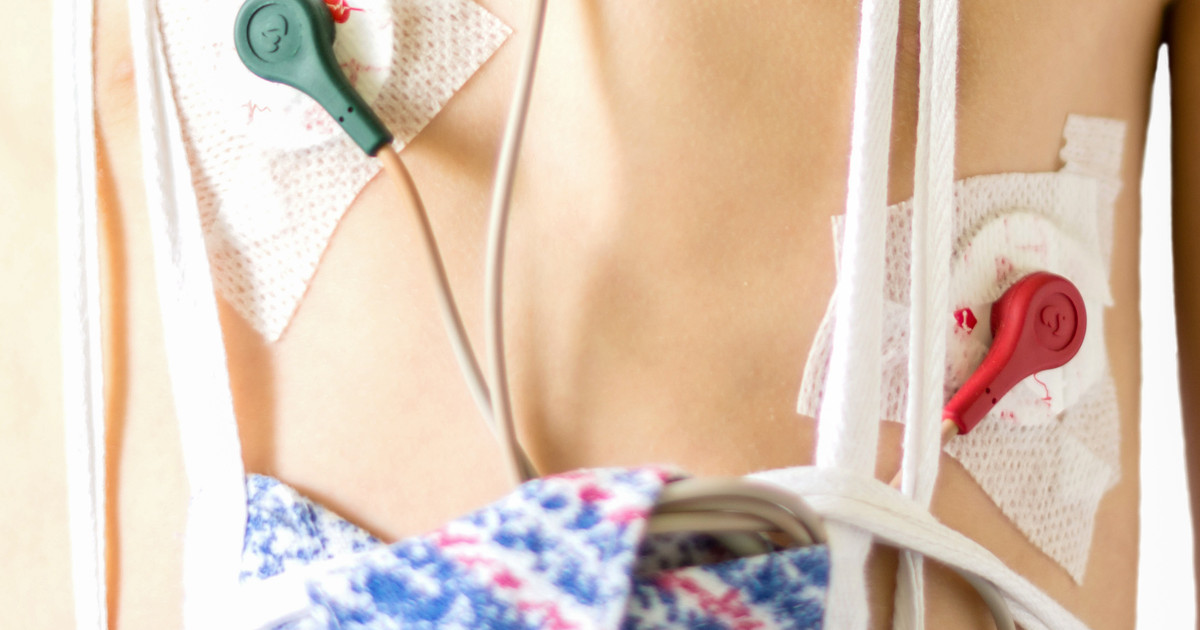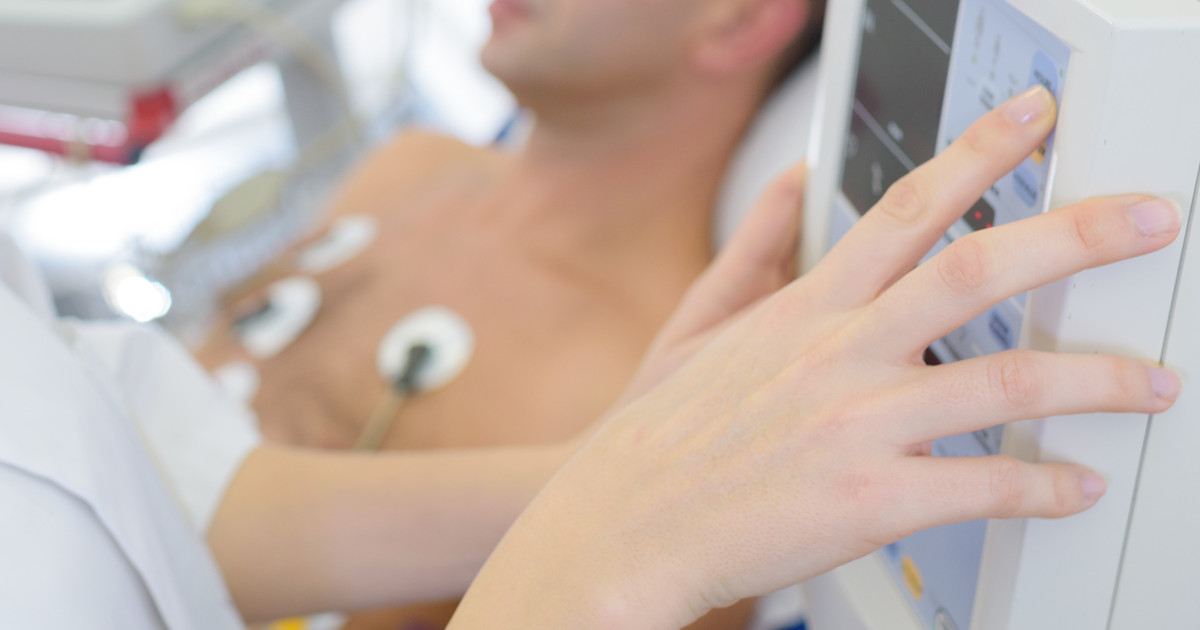Guide To An Electrocardiogram
Types Of Electrocardiograms

The most common type of electrocardiogram is the resting 12-lead form. It is used to look for any abnormalities of a patient's heart while they are sitting still. An exercise electrocardiogram, which is also called a stress test, measures the heart's electrical activity during exercise. This is normally performed while a patient walks on a treadmill while attached to a monitoring device. A cardiopulmonary exercise test is an advanced version of the exercise electrocardiogram. It is designed to test the heart, lungs, and muscles simultaneously. In addition to attached electrodes, a mouthpiece is normally worn over the mouth during a cardiopulmonary exercise test.
When other types of electrocardiograms are unable to pinpoint a problem, a Holter monitor may be used. This is a battery-powered device that patients typically wear for up to forty-eight hours so that it can monitor the heart over longer periods. A signal-averaged electrocardiogram is often used in combination with other types because it is more sensitive at detecting heart dysfunction and is typically administered for anywhere between five to twenty minutes.
Getting Ready For An Electrocardiogram

Preparation procedures for an electrocardiogram depend on which type will be used. In general, patients should not consume alcohol or caffeine before any tests. As the exercise electrocardiogram and cardiopulmonary exercise test both involve exercise and wearing a mouthpiece, patients should make some preparations before taking these specific tests. They need to avoid heavy meals and intensive exercise beforehand. They must wear loose-fitting clothing to these tests, though they must take off lipstick.
Once a patient arrives for a test, they may be asked to remove their shirt or other pieces of clothing so that electrodes can be connected to their body. They may also need to remove jewelry. Lotions or skin creams may make it difficult for the electrodes to remain adhered to their skin. While the technician who administers the test will normally have alcohol wipes to clean the patient's skin if necessary, patients should try to remove skin products beforehand.
